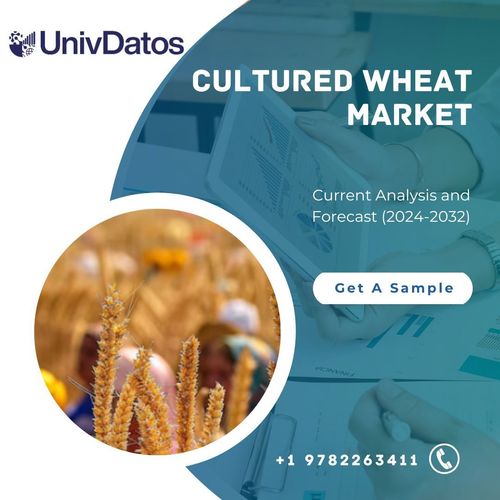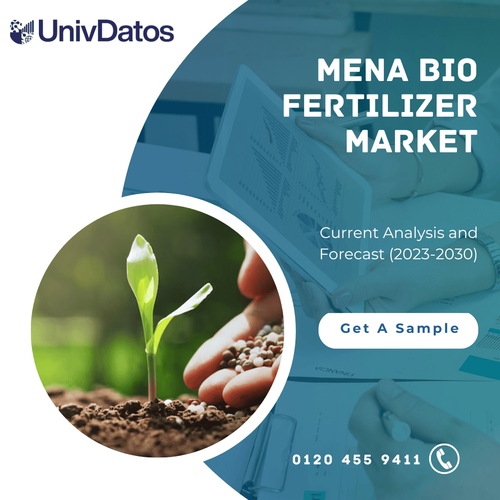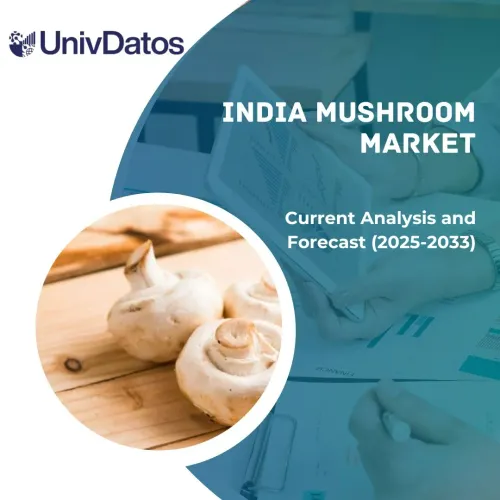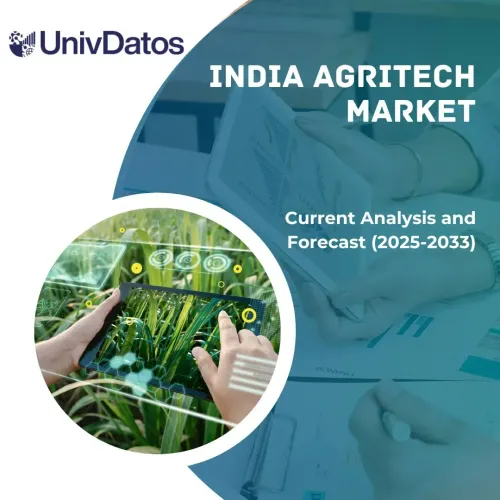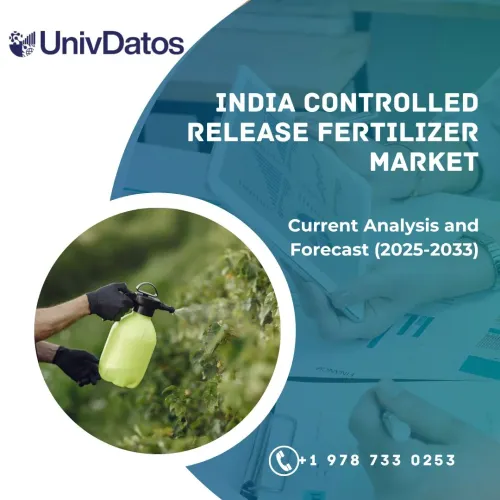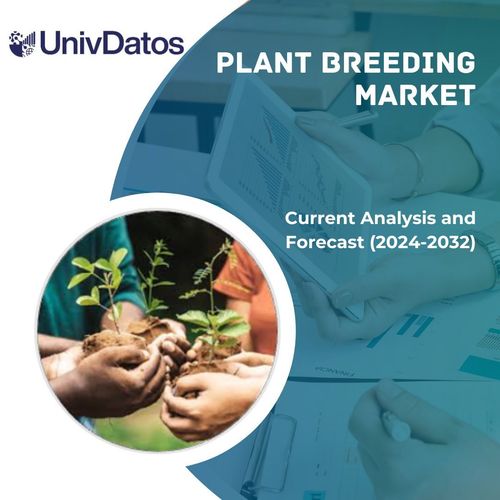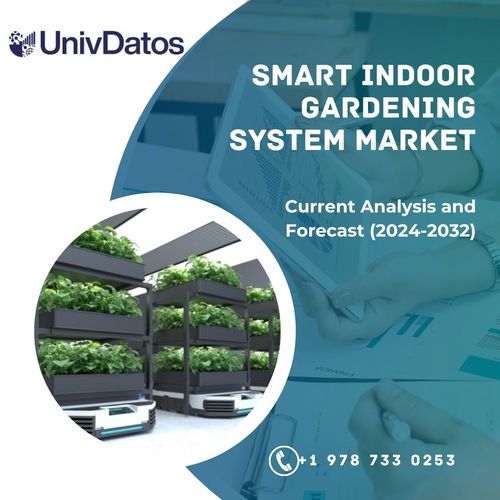- Accueil
- À propos de nous
- Industrie
- Services
- Lecture
- Contactez-nous
Marché des machines d'élevage de volailles : Analyse actuelle et prévisions (2022-2030)
Accent mis sur le type de produit (alimentation, abreuvement, nidification, ventilation, contrôle climatique, récolte et abattage de poulets de chair, et autres) ; Application (alimentation des poulets, alimentation des canards, alimentation des dindes, et autres) ; Utilisateurs finaux (fermes et usines avicoles) ; et Région/Pays
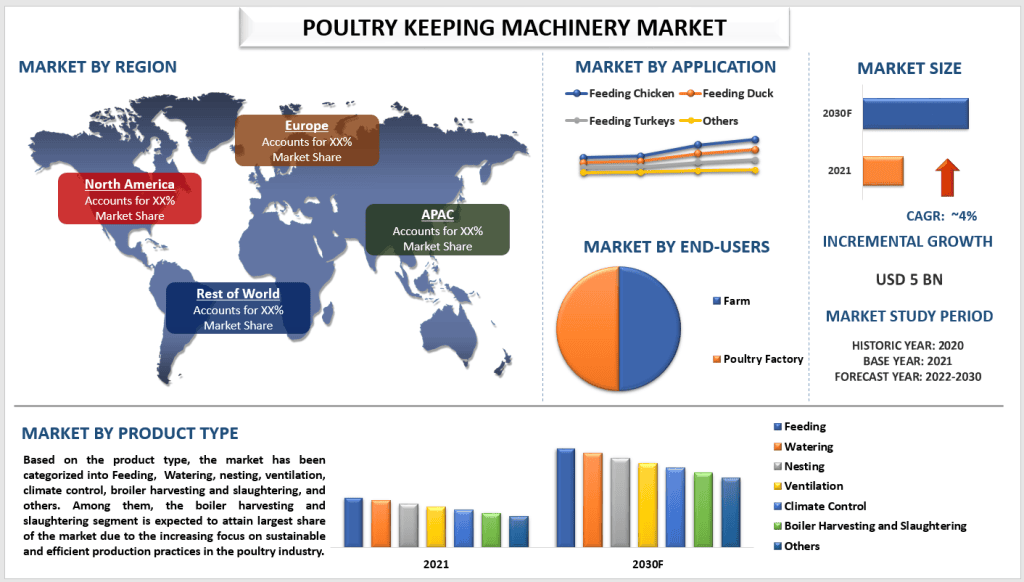
Le marché des machines d'élevage de volailles était évalué à 5 milliards USD en 2021 et devrait croître à un TCAC de 4 % de 2022 à 2030, en raison de la croissance des ventes de véhicules.Les machines d'élevage de volailles sont un ensemble d'équipements et d'outils utilisés pour élever et prendre soin des volailles, telles que les poulets et les dindes. L'équipement comprend tout, des mangeoires et abreuvoirs aux systèmes de ventilation et aux équipements de contrôle climatique. De plus, l'utilisation de machines d'élevage de volailles est devenue de plus en plus importante dans l'élevage avicole moderne, car elle peut contribuer à améliorer l'efficacité et la productivité des élevages avicoles. Les machines peuvent automatiser des tâches telles que l'alimentation et l'abreuvement, ce qui peut contribuer à réduire les coûts de main-d'œuvre et à augmenter la précision de l'alimentation. Elles peuvent également contribuer à contrôler l'environnement dans le poulailler, ce qui peut améliorer la santé et le bien-être des oiseaux. La sensibilisation à l'entretien des véhicules est l'un des facteurs qui stimulent la croissance du marché.
Certains des principaux acteurs opérant sur le marché comprennent Valco Industries, Inc ; Vencomatic Group ; TEXHA ; Petersime ; HAMEX-GmbH ; Big Dutchman. ; Jansen Poultry Equipment ; Ziggity Systems, Inc ; AP Poultry Equipments ; TECNO POULTRY EQUIPMENT Spa. Plusieurs fusions et acquisitions ainsi que des partenariats ont été entrepris par ces acteurs pour offrir aux clients des produits/technologies innovants et de haute technologie.
Aperçus présentés dans le rapport
« Parmi les types de produits, le segment de l'alimentation atteindra également une part considérable du marché au cours de la période de prévision. »
En fonction du type de produit, le marché a été divisé en alimentation, abreuvement, nidification, ventilation, contrôle climatique, récolte et abattage de poulets de chair, et autres. Parmi ceux-ci, le segment de l'alimentation atteindra également une part considérable du marché au cours de la période de prévision. La demande croissante de produits avicoles, les progrès technologiques, l'accent croissant mis sur le bien-être animal, l'utilisation croissante d'aliments biologiques et l'utilisation croissante d'aliments alternatifs devraient tous stimuler la demande d'équipements d'alimentation.
« Parmi les types d'utilisateurs finaux, le segment des fermes atteindra également une part considérable du marché au cours de la période de prévision. »
En fonction des utilisateurs finaux, le marché a été divisé en fermes et usines avicoles. Parmi eux, le segment des fermes devrait détenir une part considérable du marché. Les facteurs tels que la demande croissante de produits avicoles, les progrès technologiques en matière d'équipements et de machines, l'accent mis sur le bien-être animal, la recherche de la rentabilité et de l'optimisation opérationnelle, et l'expansion et la modernisation des élevages avicoles. Ces facteurs poussent collectivement les agriculteurs à investir dans des équipements d'élevage de volailles de pointe pour répondre aux besoins de production croissants, améliorer la productivité, garantir les normes de bien-être animal, optimiser les opérations et rester compétitifs sur le marché.
« L'Asie-Pacifique devrait détenir une part considérable du marché des machines d'élevage de volailles en 2021. »
Le marché des machines d'élevage de volailles en Asie-Pacifique devrait détenir une part considérable du marché. L'un des principaux moteurs est la demande croissante de viande de volaille et d'œufs dans la région. Cela est dû à l'augmentation des revenus et à l'urbanisation croissante, qui ont conduit à une classe moyenne croissante avec un plus grand appétit pour les aliments riches en protéines. De plus, les gouvernements de la région soutiennent l'élevage de volailles par le biais de politiques telles que les subventions et les allégements fiscaux, ce qui a contribué à créer un environnement favorable à la croissance du marché des machines d'élevage de volailles.
Couverture du rapport sur le marché des machines d'élevage de volailles
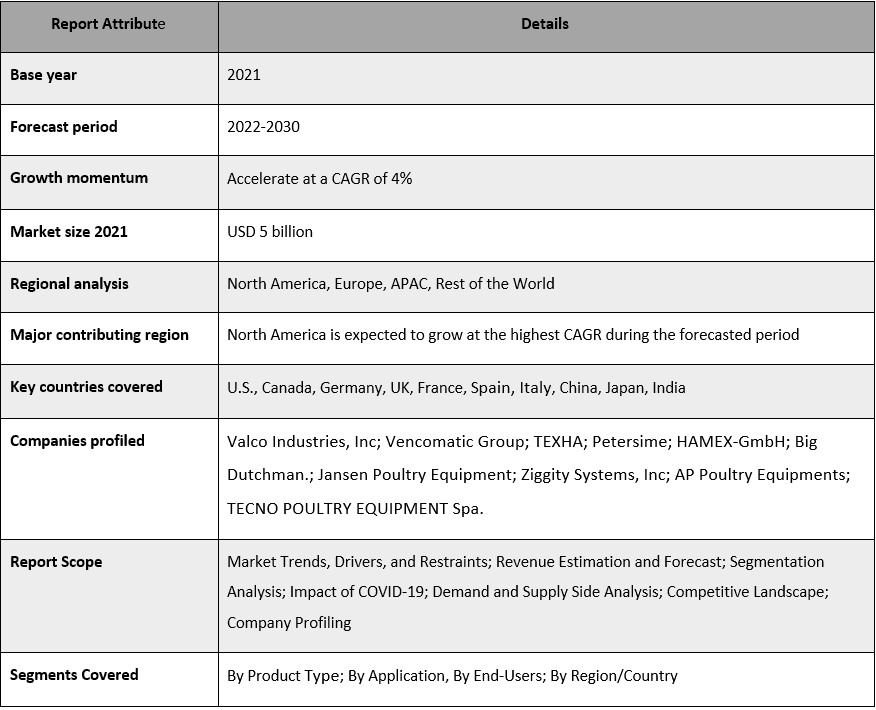
Raisons d'acheter ce rapport :
- L'étude comprend une analyse de dimensionnement et de prévision du marché validée par des experts clés de l'industrie authentifiés.
- Le rapport présente un aperçu rapide de la performance globale de l'industrie en un coup d'œil.
- Le rapport couvre une analyse approfondie des principaux acteurs de l'industrie, en se concentrant principalement sur les indicateurs financiers clés, les portefeuilles de produits, les stratégies d'expansion et les développements récents.
- Examen détaillé des moteurs, des contraintes, des principales tendances et des opportunités prévalant dans l'industrie.
- L'étude couvre de manière exhaustive le marché à travers différents segments.
- Analyse approfondie au niveau régional de l'industrie.
Options de personnalisation :
Le marché mondial des machines d'élevage de volailles peut être personnalisé en fonction des exigences ou de tout autre segment de marché. En outre, UMI comprend que vous pouvez avoir vos propres besoins commerciaux, n'hésitez donc pas à nous contacter pour obtenir un rapport qui correspond parfaitement à vos exigences.
Table des matières
Méthodologie de recherche pour l'analyse du marché des machines d'élevage de volailles (2022-2030)
L'analyse du marché historique, l'estimation du marché actuel et la prévision du marché futur du marché mondial des machines d'élevage de volailles ont été les trois principales étapes entreprises pour créer et analyser l'adoption des machines d'élevage de volailles dans les principales régions du monde. Des recherches secondaires exhaustives ont été menées pour collecter les chiffres historiques du marché et estimer la taille actuelle du marché. Deuxièmement, pour valider ces informations, de nombreuses conclusions et hypothèses ont été prises en considération. En outre, des entretiens primaires approfondis ont également été menés avec des experts de l'industrie tout au long de la chaîne de valeur du marché mondial des machines d'élevage de volailles. Après l'hypothèse et la validation des chiffres du marché par le biais d'entretiens primaires, nous avons utilisé une approche ascendante/descendante pour prévoir la taille complète du marché. Par la suite, des méthodes de répartition du marché et de triangulation des données ont été adoptées pour estimer et analyser la taille du marché des segments et sous-segments de l'industrie concernée. La méthodologie détaillée est expliquée ci-dessous :
Analyse de la taille historique du marché
Étape 1 : Étude approfondie des sources secondaires :
Une étude secondaire détaillée a été menée pour obtenir la taille historique du marché des machines d'élevage de volailles par le biais de sources internes à l'entreprise telles querapports annuels et états financiers, présentations de performances, communiqués de presse, etc.et sources externes, notammentjournaux, actualités et articles, publications gouvernementales, publications de concurrents, rapports sectoriels, bases de données tierces et autres publications crédibles.
Étape 2 : Segmentation du marché :
Après avoir obtenu la taille historique du marché des machines d'élevage de volailles, nous avons mené une analyse secondaire détaillée pour recueillir des informations historiques et des parts de marché pour différents segments et sous-segments pour les principales régions. Les principaux segments sont inclus dans le rapport en fonction du type de produit, de l'application et des utilisateurs finaux. Des analyses au niveau des pays ont en outre été menées pour évaluer l'adoption globale des modèles de test dans cette région.
Étape 3 : Analyse des facteurs :
Après avoir acquis la taille historique du marché des différents segments et sous-segments, nous avons mené uneanalyse factorielledétaillée pour estimer la taille actuelle du marché des machines d'élevage de volailles. En outre, nous avons mené une analyse factorielle en utilisant des variables dépendantes et indépendantes telles que le type de produit, l'application et les utilisateurs finaux du marché des machines d'élevage de volailles. Une analyse approfondie a été menée des scénarios de l'offre et de la demande, en tenant compte des principaux partenariats, fusions et acquisitions, de l'expansion des entreprises et des lancements de produits dans le secteur des machines d'élevage de volailles à travers le monde.
Estimation et prévision de la taille actuelle du marché
Dimensionnement actuel du marché :Sur la base des informations exploitables tirées des 3 étapes ci-dessus, nous sommes parvenus à la taille actuelle du marché, aux principaux acteurs du marché mondial des machines d'élevage de volailles et aux parts de marché des segments. Toutes les parts en pourcentage requises, les répartitions et les ventilations du marché ont été déterminées en utilisant l'approche secondaire susmentionnée et ont été vérifiées par le biais d'entretiens primaires.
Estimation et prévision :Pour l'estimation et les prévisions du marché, des pondérations ont été attribuées à différents facteurs, notamment les moteurs et les tendances, les contraintes et les opportunités disponibles pour les parties prenantes. Après avoir analysé ces facteurs, des techniques de prévision pertinentes, c'est-à-dire l'approche ascendante/descendante, ont été appliquées pour parvenir aux prévisions du marché pour 2028 pour différents segments et sous-segments sur les principaux marchés mondiaux. La méthodologie de recherche adoptée pour estimer la taille du marché englobe :
- La taille du marché de l'industrie, en termes de revenus (USD) et le taux d'adoption du marché des machines d'élevage de volailles sur les principaux marchés au niveau national
- Toutes les parts en pourcentage, les répartitions et les ventilations des segments et sous-segments de marché
- Les principaux acteurs du marché mondial des machines d'élevage de volailles en termes de produits proposés. De plus, les stratégies de croissance adoptées par ces acteurs pour concurrencer sur le marché en forte croissance
Validation de la taille et de la part de marché
Recherche primaire :Des entretiens approfondis ont été menés avec les principaux leaders d'opinion (KOL), y compris les cadres supérieurs (CXO/VP, responsables des ventes, responsables du marketing, responsables opérationnels, responsables régionaux, responsables nationaux, etc.) dans les principales régions. Les résultats de la recherche primaire ont ensuite été résumés et une analyse statistique a été effectuée pour prouver l'hypothèse énoncée. Les informations issues de la recherche primaire ont été consolidées avec les résultats secondaires, transformant ainsi les informations en informations exploitables.
Répartition des participants principaux dans les différentes régions

Ingénierie de marché
La technique de triangulation des données a été employée pour achever l'estimation globale du marché et pour parvenir à des chiffres statistiques précis pour chaque segment et sous-segment du marché mondial des machines d'élevage de volailles. Les données ont été divisées en plusieurs segments et sous-segments après l'étude de divers paramètres et tendances dans les domaines du type de véhicule, du type de produit et des fournisseurs de services sur le marché mondial des machines d'élevage de volailles.
L'objectif principal de l'étude de marché mondiale des machines d'élevage de volailles
Les tendances actuelles et futures du marché mondial des machines d'élevage de volailles ont été identifiées dans l'étude. Les investisseurs peuvent obtenir des informations stratégiques pour baser leur discrétion en matière d'investissements sur l'analyse qualitative et quantitative effectuée dans l'étude. Les tendances actuelles et futures du marché ont déterminé l'attractivité globale du marché au niveau régional, offrant aux acteurs industriels une plateforme pour exploiter le marché inexploité afin de bénéficier d'un avantage de premier arrivé. Les autres objectifs quantitatifs des études comprennent :
- Analyser la taille actuelle et prévue du marché des machines d'élevage de volailles en termes de valeur (USD). Analyser également la taille actuelle et prévue du marché des différents segments et sous-segments.
- Les segments étudiés comprennent les domaines du type de produit, de l'application et des utilisateurs finaux.
- Définition et analyse du cadre réglementaire pour l'industrie des machines d'élevage de volailles.
- Analyser la chaîne de valeur impliquée avec la présence de divers intermédiaires, ainsi qu'analyser les comportements des clients et des concurrents de l'industrie.
- Analyser la taille actuelle et prévue du marché des machines d'élevage de volailles pour les principales régions.
- Les principaux pays des régions étudiées dans le rapport comprennent l'Asie-Pacifique, l'Europe, l'Amérique du Nord et le reste du monde
- Profils d'entreprises du marché des machines d'élevage de volailles et stratégies de croissance adoptées par les acteurs du marché pour se maintenir sur un marché en forte croissance.
- Analyse approfondie au niveau régional de l'industrie
Connexes Rapports
Les clients qui ont acheté cet article ont également acheté


